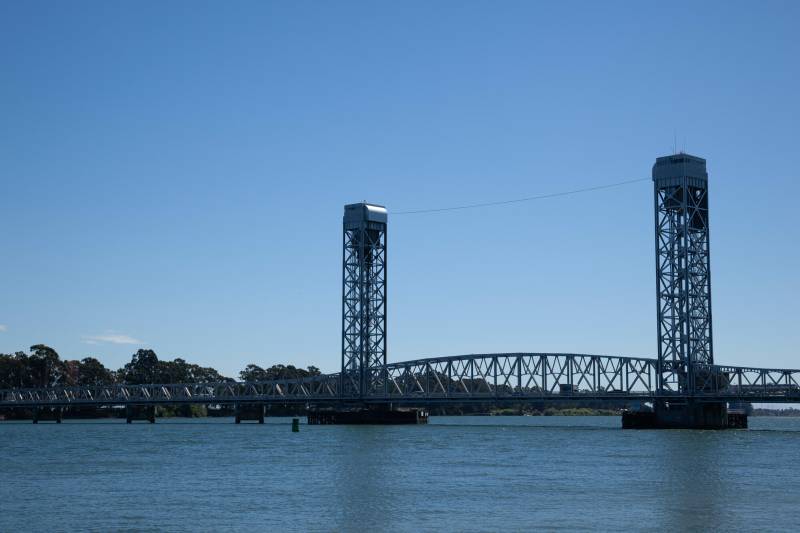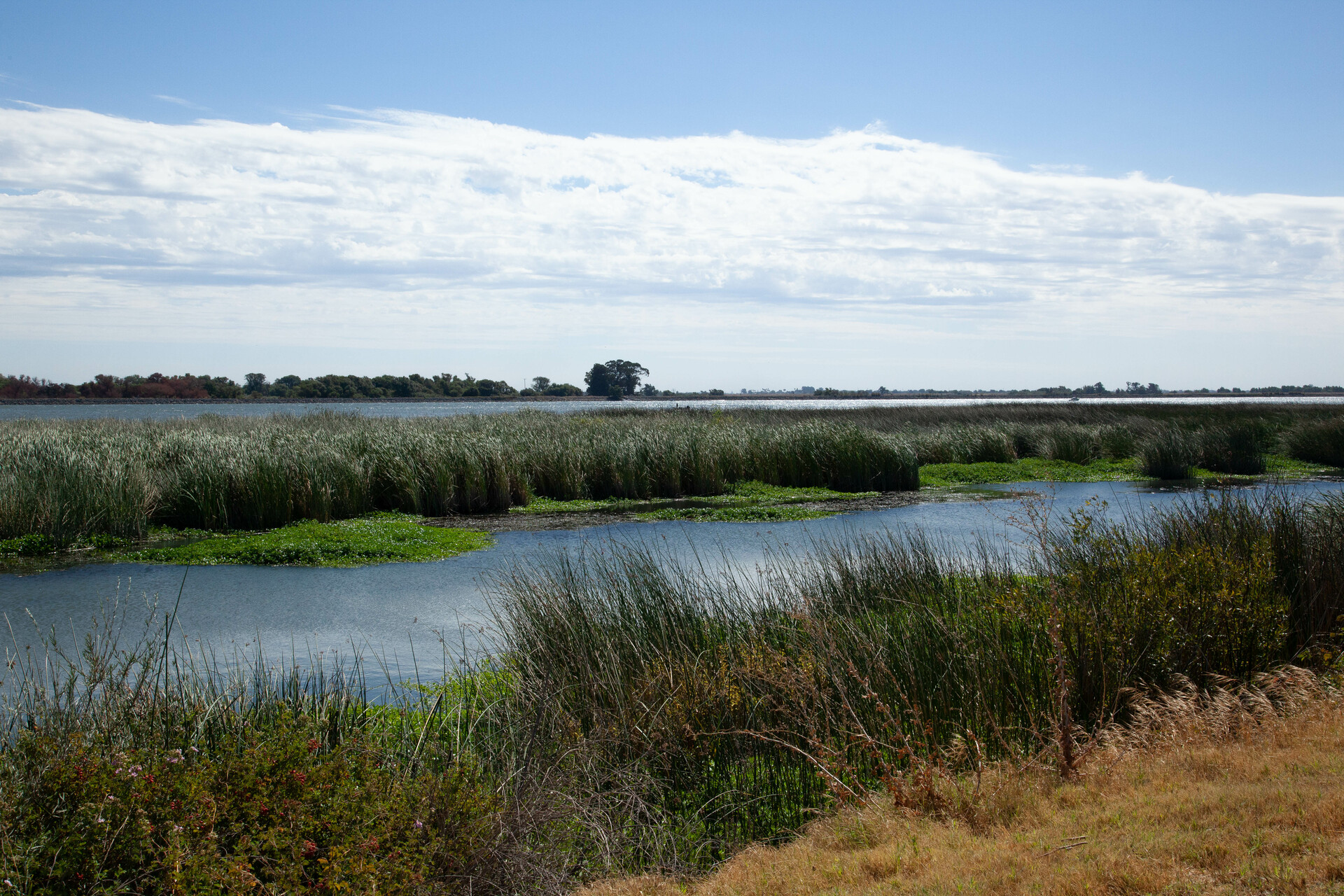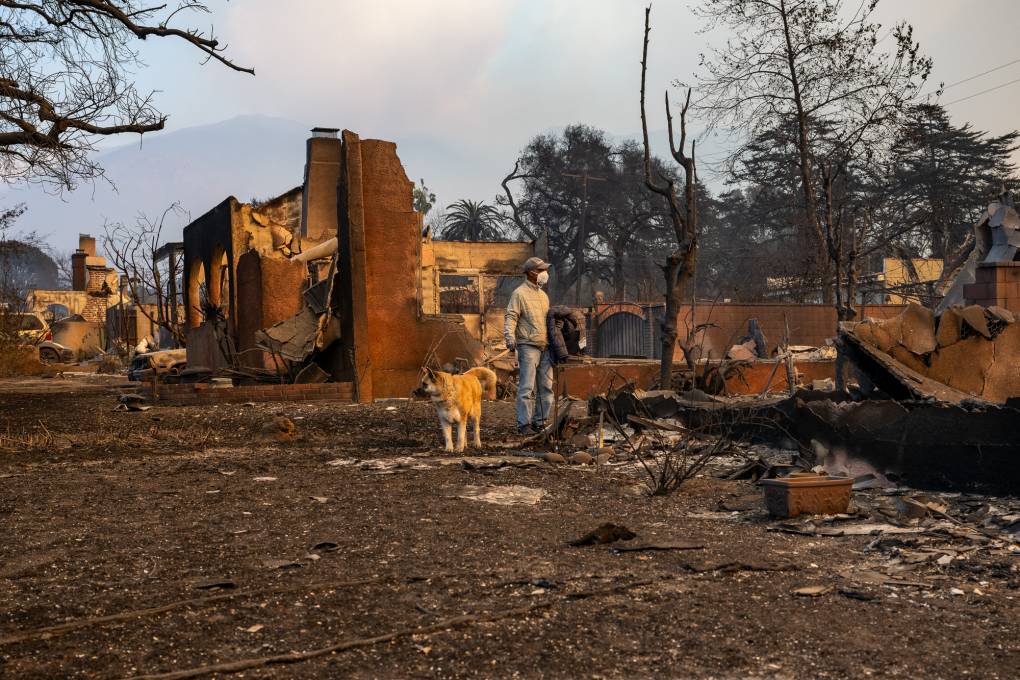Karrigan Börk, a law professor at UC Davis and co-director of the California Environmental Law and Policy Center, said that Trump’s directive, were it to be operationalized by his government, will no doubt be met with a lawsuit from California.
The key legal question is: to what extent state environmental laws can constrain what the federal government does? For years, the federal government has been deferential to California when it comes to its rules around water quality.
“It’s a really serious issue, which is significant both for California — because it’s a question of how much we’re in control of our own destiny here — but also throughout the West, where there’s a lot of states that don’t want the federal government disregarding their state laws on water or on environmental protection,” he said.
Börk noted that — as with all things related to California water policy — it will be difficult for Trump to make any changes, especially because water and the environment are so heavily regulated at the state level.
If this fight sounds familiar, that’s because it happened once before.
Back in 2019, KQED reported that the Trump administration ordered federal biologists to speed up decisions about whether to send more water from Northern California to farmers in the Central Valley, a move that critics said threatened the integrity of the science.
The following year, the administration moved ahead with plans to
let farmers take more water from the state’s largest river systems, and California sued, arguing it would push endangered populations of delta smelt, chinook salmon and steelhead trout to extinction.
The Biden administration eventually reversed the order.
The difference this time around is that Trump is considering using the L.A. fires as a reason for exempting the project entirely from coverage by the Endangered Species Act.
“To get there, it takes a lot of administrative work up front,” Börk said. “That will probably take a year or two to get done. And I suspect that that will also end up in court fairly quickly.”


